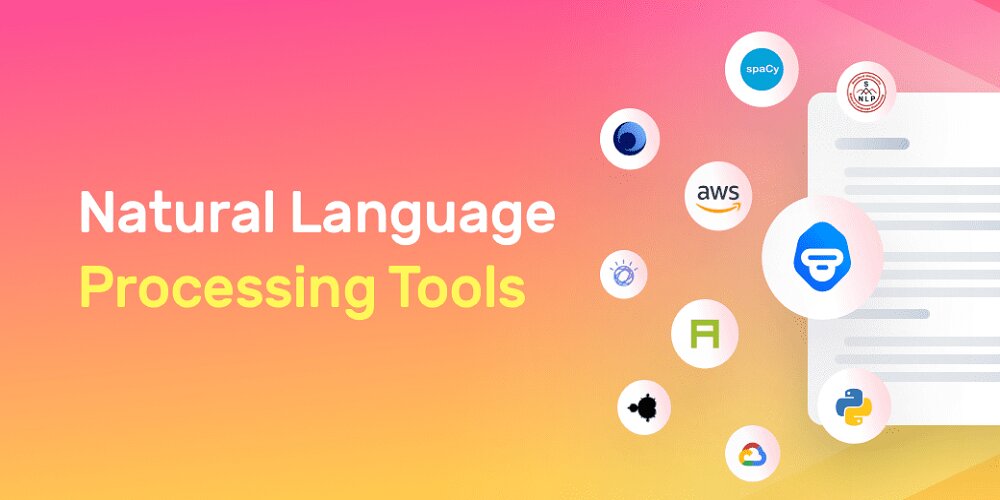An Overview of Natural Language Processing (NLP)
In the branch of research that focuses on the interactions between human language and computers, natural language, or NLP, is referred to as "natural language processing." It is located at the nexus of computer science, machine intelligence, and applied linguistics (computational linguistics).
We've achieved significant advances in the interpretation of human languages and behavior thanks to AI-driven natural language processing technologies. It is Natural Language Processing technologies, which range from tailored search results to ai-powered Chatbots, go beyond the written word to facilitate communication.

When it comes to successfully study human languages, Natural language processing (NLP) software may be a strong instrument. Because language can be found everywhere, your company will almost certainly profit from the use of NLP implementation services software in some capacity.
NLP has a wide range of applications, including commercial applications. If you're a developer, company owner, or total novice, this article will teach you all you need to know about NLP and show you how to get started right now.
What are the Five Stages of NLP?
Lexical (structure) research, parser, text analytics, conversation unification, and practical analysis are the five steps of NLP. Optical recognition systems (OCR), voice recognition, translation software, and chatbots are just a few of the well-known applications of natural language processing.
The Most Effective Natural Language Processing Instruments
Generally speaking, you may begin utilizing NLP tools using SaaS (software as a service) solutions or open-source libraries, depending on your needs. Known as SaaS tools, these are sophisticated cloud-based solutions that are ready to use and can be configured with little or no coding. SaaS platforms frequently provide pre-trained natural language processing models that can be used without the need for code.
APIs that are geared more towards those who want a more flexible, low-code option, such as professional developers or those learning to code who want to simplify their work, among other things. You should use SaaS solutions if you want to perform natural language processing in a cost-effective and time-efficient manner.
Open-source libraries, on the other hand, are free, versatile, and enable you to completely modify your NLP applications. They are, however, designed for developers, and as a result, they are very complicated to comprehend. If you want to construct open-source natural language processing tools, you will require prior machine learning skills. Fortunately, since the majority of them are community-driven frameworks, you can expect to get a great deal of assistance.
If you want to design your natural language processing models using open-source libraries, you'll need time to set up infrastructure from scratch and money to hire developers if you don't already have a team of specialists on staff.
It has only been a few years since NLP, the technology that underpins all of the Chatbots, voice assistants, autocorrect, and other speech/text apps that have become so ubiquitous in our lives has advanced dramatically. There are a plethora of open-source natural language processing technologies available.
1. NLTK Natural Language Toolkit
This is one of the most widely used natural language processing (NLP) tools. It is a collection of tools and applications that allow you to do symbolic and statistical analysis in the Python programming language.
2. SpaCy
It is a Python and Cython library that is intended for usage in both languages. It is the successor of NLTK and comes pre-loaded with statistical models and word vectors that have been previously trained. At the moment, it enables tokenization for more than 49 different languages.
3. TextBlob
As a result of its comprehensive capabilities and smooth learning curve, TextBlob is an interface for NLTK that makes text processing a straightforward and entertaining operation. TextBlob has clear and comprehensible documentation, which makes it easy to get started.
4. Gensim
Even though it may not be as universal and all-around competent as the preceding components, Gensim does excel in a few specific areas. Specifically, the topic modeling and document similarity comparison areas are covered, and the highly specialized Gensim library has no competitors in this area.
Is it necessary to have NLP practitioners use NLP software?
Certain applications of NLP software may need the involvement of an NLP practitioner (or a highly competent software engineer) to be successfully implemented. While it is rare that you would want the services of an NLP practitioner in the long term, they are often required to ensure that things run smoothly right from the start of the project.
In the hands of an experienced NLP practitioner, this product may be customized to your unique requirements. Some NLP procedures, for example, may benefit from their assistance, and your applications may benefit from it as well.



